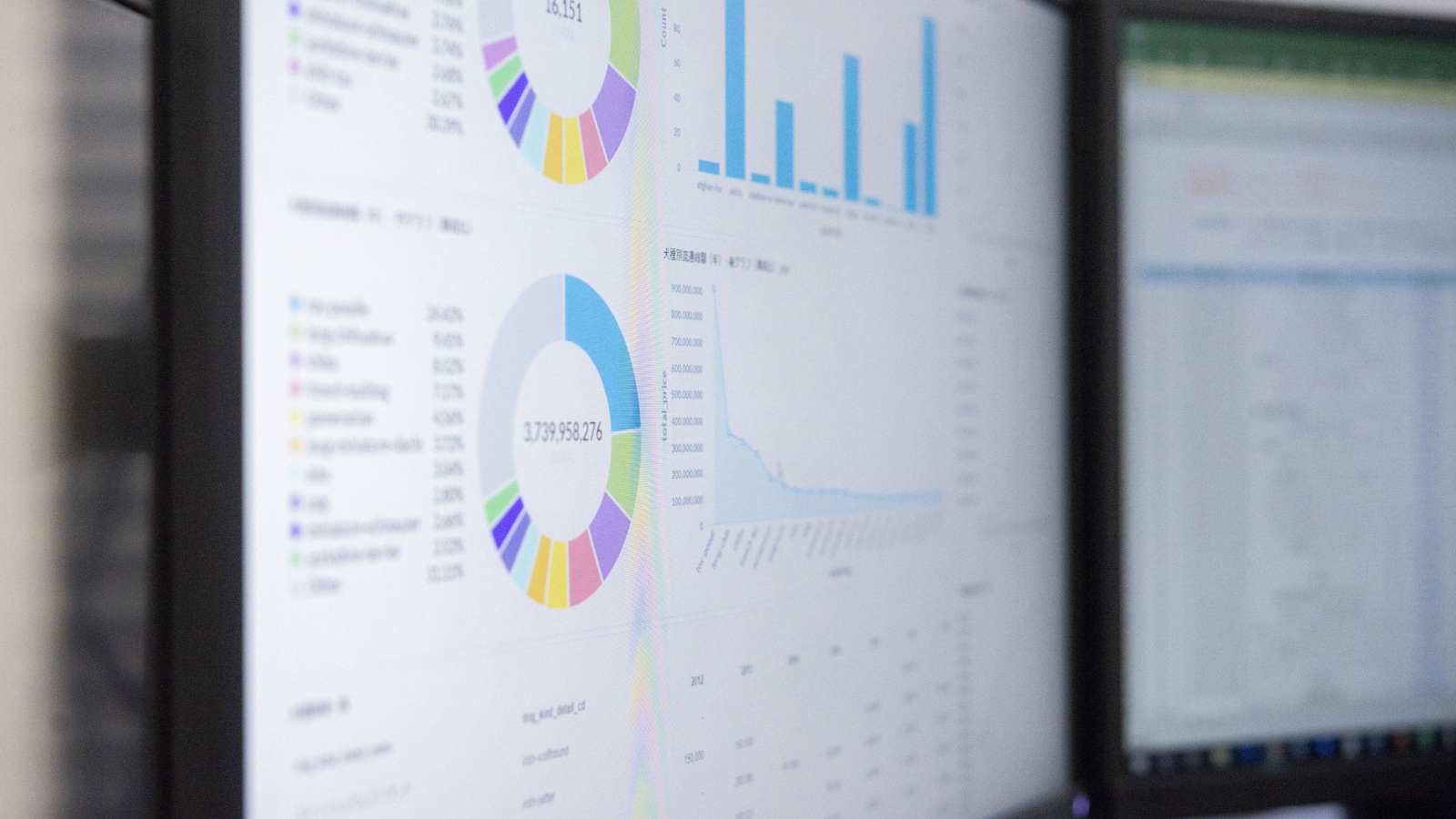Why Segmenting Your Audience is Crucial to Staffing & Recruiting Firms
Recruiting agencies often face a common problem in their marketing strategies: They always have to market to two different groups that are equally...
2 min read
 Dean Moothart
:
February 4, 2020
Dean Moothart
:
February 4, 2020


When sales managers and marketers have broad — or very few parameters — to define their target universe, it’s extremely easy to get excited about the size of their market.
Examples of broad market parameters include:
A lot of companies are going to meet these parameters. Consequently, the market universe will be huge. The common response for a lot of sales and marketing leaders is, “Look at all of the opportunity!” They see the potential revenue associated with such a large market, but they fail to realize the obstacles associated with actually penetrating such a market.
 Unfortunately, a large market doesn’t always translate into a large top-line revenue number on your financial statements — especially if you have limited sales coverage and marketing budgets.
Unfortunately, a large market doesn’t always translate into a large top-line revenue number on your financial statements — especially if you have limited sales coverage and marketing budgets.
Trying to extend your brand message to a large universe of companies, engaging the key decision-making contacts, and then converting qualified prospects into customers can be a little like trying to boil the ocean. A lot of marketing activity may not create much heat.
The key to success is to segment your market into smaller and more manageable sub-segments of the larger universe. This will enable you to focus your limited marketing resources to create more market “heat” quicker.
These nine steps allow you to zero in on a tighter and more defined market. This will result in increasing the velocity of new qualified prospects going into the funnel and accelerating new opportunities through the sales process.
Then build a database of these companies that include the key decision-makers and their contact information. This will take some time and research, but it will be worth it.
Content could be in the form of blog articles, case studies, whitepapers, eBooks, and webinars. Often you may find it’s possible to repurpose existing content by customizing it for a different and more specific audience.
It will help your target prospects find you and facilitate their conversion from a website visitor to a qualified lead.
If you look hard enough, you can discover what their business problems are. Can your solution help them address their challenges? Create a message statement that clearly communicates what you do and how you can help them.
Your sequence should include a mix of emails, phone calls and social media interaction. Don’t just send one email or leave one voice mail message. Your prospecting sequence should include multiple touch points over a period of several weeks, so you give you prospect plenty of opportunity to understand and respond to your messaging.
Repeat this process for another marketing segment.
These steps will help you attack your large market universe in a more manageable way. A way that will “heat up” and produce meaningful results much quicker than trying to boil the ocean.

Recruiting agencies often face a common problem in their marketing strategies: They always have to market to two different groups that are equally...

We've all heard it—content is queen, but data is king. However, the value of your data is only as good as its quality. Managing your HubSpot database...

How many times have you sat in a meeting, on a call, or just in a conversation and wondered… “Why me?” (OK, that’s a little dramatic.) How many times...